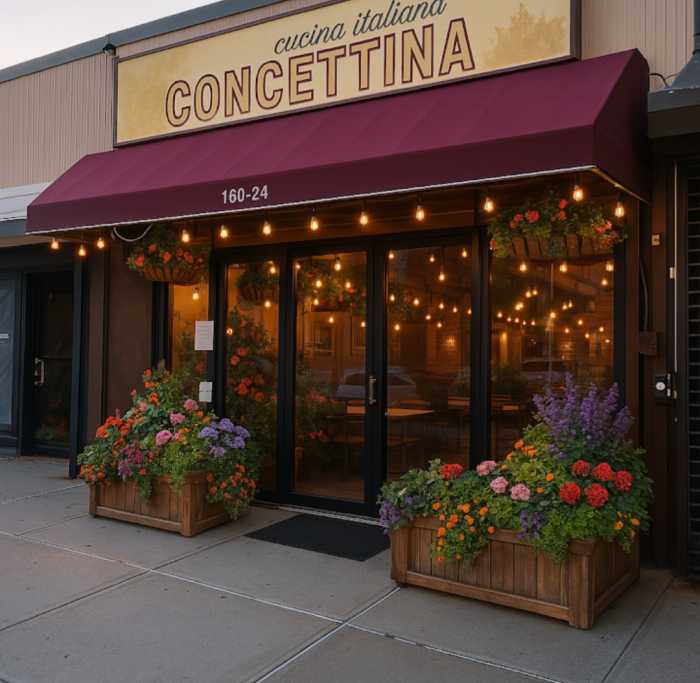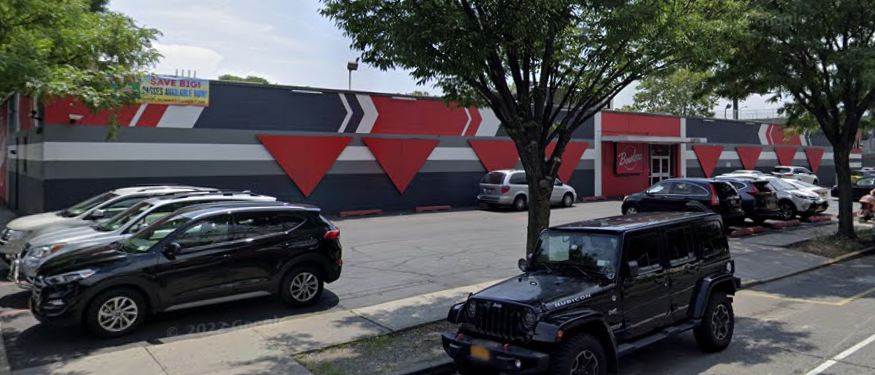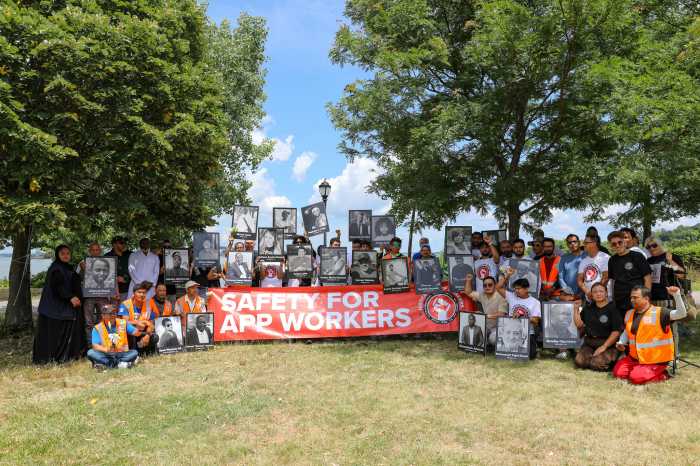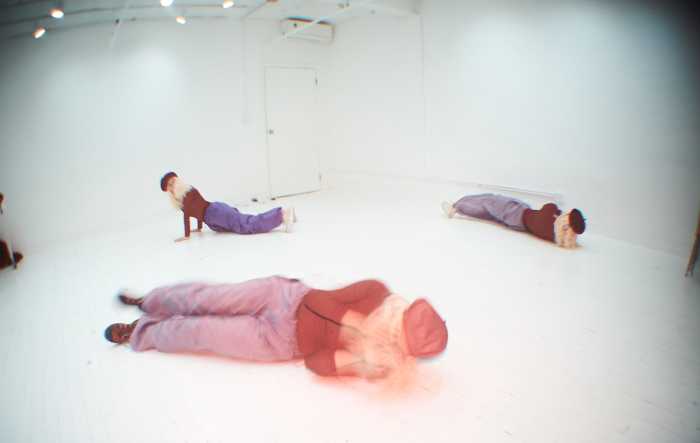By Joan Brown Wettingfeld
A “cultural landmark” is a site whose significance lies not in its architectural design alone, but rather in its association with figures and events of importance.The former Masonic Temple has stood on the northeast corner of 36th Ave. (old Lamartine Avenue) and Bell Boulevard since its cornerstone was laid May 30, 1923. I have a souvenir miniature brick from that occasion left to me by my husband's father who, as former chief of the Bayside Volunteer Fire Department, was an invited guest.This long overlooked historic site is now a church. The builder was the Gabler Construction Company and I have wondered if it was connected with the family of the late Judge Gabler of Bayside, who was a classmate of mine in Bayside HS. The building was erected in record time at a cost of $80,000, just 18 months after receiving its charter.The eclectic neo-classical building we see standing today had its beginnings when a group of prominent Bayside residents opted to organize a lodge of “free and accepted masons” in their village. I am fortunate to have a copy of the program for the laying of its cornerstone and from the ball held at the Hotel Pennsylvania on May 23 and May 26, 1923, respectively. To me it is a precious historic document which reflects the society of the times. Pictured there are such prominent players in our early community such as as W.S. Dayton, Charles Easton Jr., and Elmer Story, our first resident lawyer, and the president of the Bayside National Bank. Included in the text of the program are the original floor plans of the building and advertisements that reflect the needs and innovations of the times, some ads coming from as far away as Ohio and Rhode Island. It is truly an artifact of its time and tucked inside the program were two separate letters to Charles Easton on the occasion of the 50th year of his membership in that organization. There is also a useful list of members who were prominent in the community then.In the process of building and completing the lodge, members volunteered services and funding for the cornerstone, the organ and a piano. The architect Herbert Wiegand volunteered to provide plans and specifications and to supervise the work without cost to the lodge.The Committee on Building and Sites first had recommended the purchase of a site 100-foot-by-150-foot on the southeast corner of what was then Lawrence Boulevard -today it is 43rd Avenue Ð and First Street, and subscriptions of $20,000 were pledged for the building. However, the original plan to acquire the sitr on Lawrence Boulevard was rescinded and instead the present plot, 100-foot-by-150-foot, on the northeast corner of present day 36th Avenue and Bell Avenue (now Bell Boulevard) was recommended and authorized.The roster of Lodge members in 1923 reads like a” Who's Who” of Bayside at the time. Among those listed are William H. Buhrman, proprietor of the Alley Store; C. Lloyd Cain; A.J. Corn, proprietor of Bayside's first movie house; Henry John and Walter Dayton; Ben Hendricks, of stage and screen fame; William H. Johns, commodore of the Bayside Yacht Club; James B. Reeve, engineer of the Marine Department of the LIRR; Dr. James R. Reuling; Ernest L. Smith, president of the construction company that was to build the new Bayside Railroad Station; Frederic Snell, proprietor of the well-known Snell's Hotel; Robert Wayman, known as the “Iris King of America”; and Ned Wayburn of the Ziegfield Follies, who managed stage artists and ran a dance studio on Broadway. As head of the lodge's Entertainment Committee, Wayburn produced the “Nine O'clock Review” for the First Annual Ball of the lodge.This eclectic neo-classical building is just one example of our past heritage that needs to be preserved so it is never threatened with destruction which so often happens these days.Joan Brown Wettingfeld is a historian and freelance writer.


































